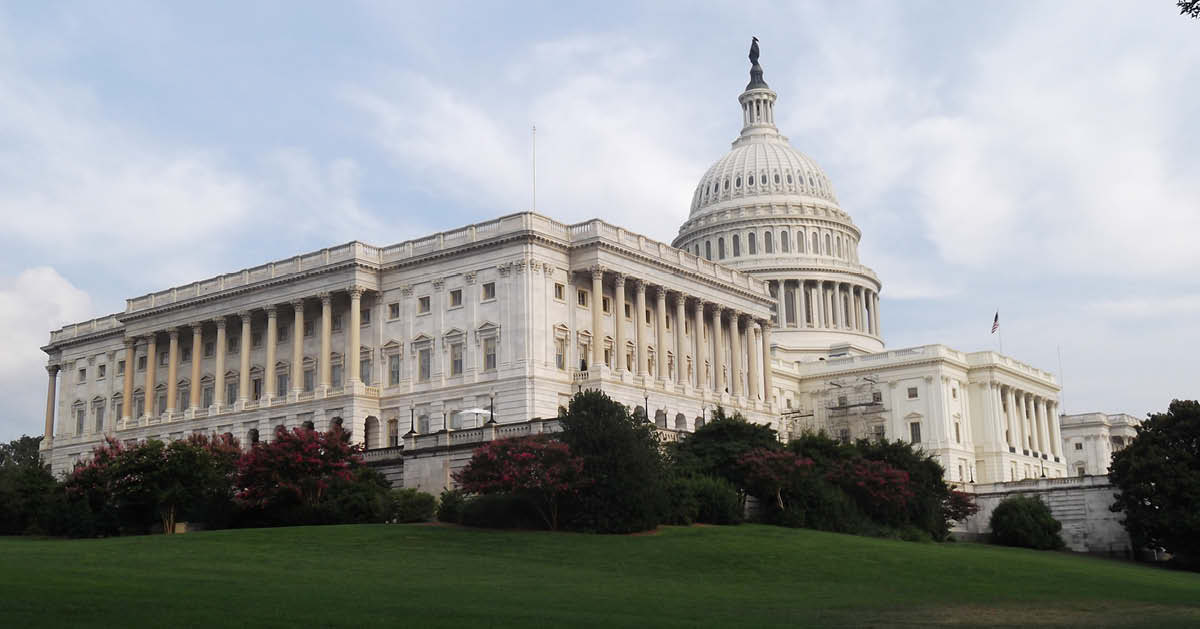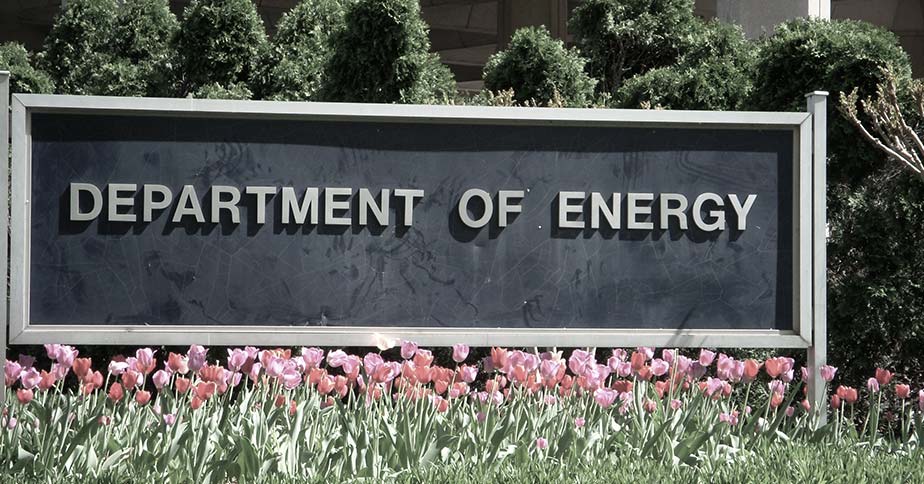Update (12:30pm) – The House passed this bill today 361-41, and it now goes to the President for his signature. Though the bill does shift discretionary money within the FAA budget to stop the furlough of air traffic controllers for the remainder of the fiscal year, this “robbing Peter to pay Paul” approach merely shifts the pain from one part of the budget to another. And when the pain from the cuts to AIP become more acute, we already know that Congresses threshold is quite low. It remains an open question as to whether those cuts will stand, or if Congress will simply find another available source of money. And on and on we’ll go, never cutting and simply borrowing from the future as we have been doing all along.
The real problem of this approach is that the next “crisis” of sequestration is undoubtedly right around the corner, and if this is any precedent, Congress will be on the hunt again soon for another way to “pay” to undo the cuts. A more responsible approach would be for Congress and the administration to hammer out an agreement on the specifics as to where the cuts should actually come. The piecemeal approach is inefficient and will only serve as a distraction from the bigger work Congress needs to be addressing.
(9:07am) Call it what you want – piecemeal, sequestration whac-a-mole, a band-aid – but a Senate-passed bill (s. 853) to avoid the automatic spending cuts to the nation's air traffic control system is without a doubt one thing: a gimmick. The bill allows the transfer of as much as $253 million in unspent money from the Airport Improvement Program (a capital account) to the operations account of the FAA, which pays the salaries of air traffic controllers.
For more details, see our analysis of the Senate's approach.
Instead of borrowing money from the future to spend today – the most common approach to deficit spending – the Senate bill would instead essentially promise future spending cuts to avoid the cuts that were supposed to happen this year. A somewhat unique approach for these unique times, but in the end the result is exactly the same: spending likely increases, the deficit goes up, and Congress has managed to push off the hard decisions for another day. The only way this would work is if Congress actually cuts future spending from the Airport Improvement Program. But avoiding cuts is exactly what Congress is doing with this bill, so what reason do we have to believe they'll stick to those future cuts any better? If this whole argument sounds familiar, it should. It's exactly the same approach that got us to a $16.8 trillion debt and hundreds of billions in annual deficits.
This current environment in Washington prioritizes spending based on an issue's ability to garner national media attention. No doubt that the FAA furloughs were an inconvenience. All of the spending cuts will cause some pain. And since the cuts take a little bit from every single federal account (instead of cutting spending more from accounts that are less essential) Congress and the administration have made this more painful than it needs to be. But since the furloughs captured the media's attention, the program was spared. This is the first high profile issue, but Congress also previously spared meat inspectors and some pentagon cuts as well. Is this really the best way to decide how we spend our federal dollars or what programs can really withstand to be reduced? Certainly not. But at the moment it appears this may be the new way of doing business in Washington. The ball is in the House of Representatives' court. It is expected to take up the bill on Friday, and will likely pass it before flying out of town for the weekend. The President has said he would sign the bill.










